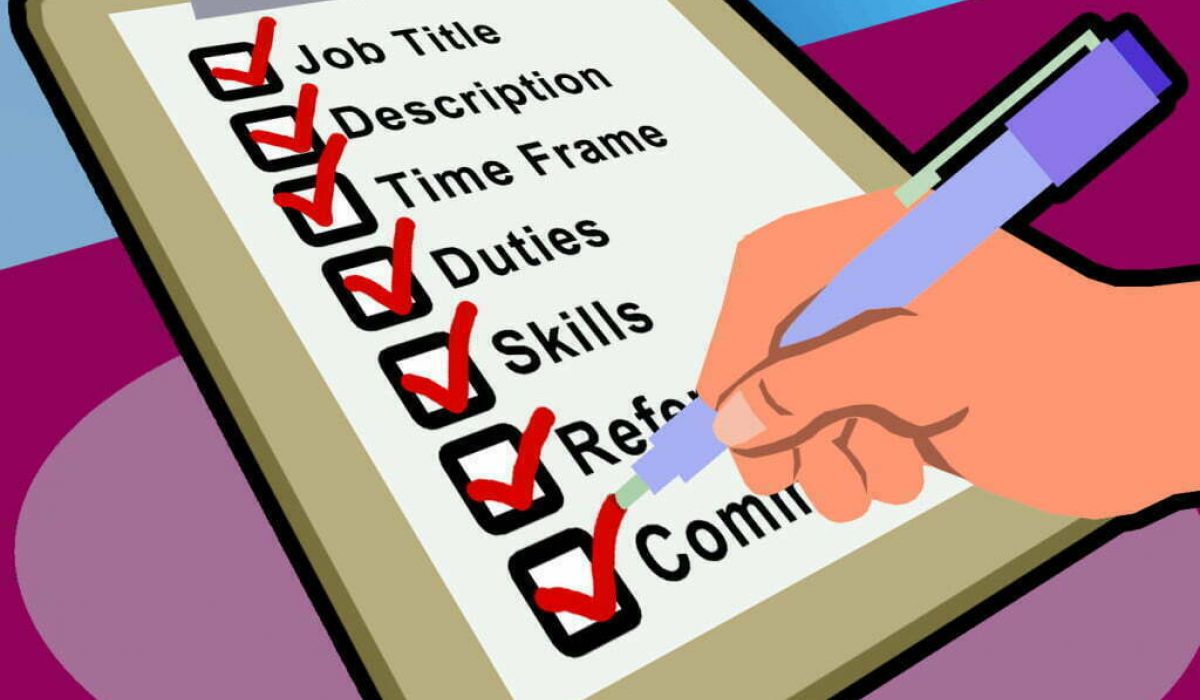
The Problem with Job Descriptions
The story goes that the first job description handed to a recruiter was written in 1949 by IBM and that job description has been used as a template ever since.
There is some truth to this silly story in that most job descriptions are generic. Typically, job descriptions list what candidates must have and are filled with superfluous statements such as “the candidate must think outside the box.” Job descriptions’ lists of what a candidate should bring to the table include things like, “The candidate must have five years’ experience” and “the candidate needs to predict market trends, understand competitive moves, and strategize accordingly.” Many job descriptions read the same, and the must-have qualifications and experiences become the guideposts for the hiring decision. However, these typical must-haves aren’t always true indicators of future performance. Companies should consider not what the candidate should have, but what the candidate should achieve.
We advise that companies decide in advance how much weight to give data on past performance. Otherwise, the tendency is to put too much weight on the impression a candidate gives in his or her interview. The wrong candidate is selected far too often because little consideration is given to what the candidate actually has to achieve within the first 6 to 12 months. Some simple questions are simply not asked: Can the candidate achieve the specific 12-month objectives? Can this person give examples of having achieved similar objectives in the past? The problem with only focusing on the must-haves is that some executives focus on a personality or cultural “fit.” They pay close attention to English skills, for example, during the interview while only reaching a superficial understanding of the candidate.
In Lou Adler’s book, Hire with Your Head, he suggests that we fast-forward 12 months. Imagine that the new employee has been with your company for a year. What have they achieved? What are their accomplishments? Have they increased sales? Cut costs? Shortened a timeline for development?
To hire a marketing manager, a pharmaceutical company might include statements such as “upgrade every single marketing process,” “hire and develop two product managers,” and “plan, write, and execute a marketing strategy prelaunch to postlaunch, and include projections for ROI for marketing activities.” These statements explain what the candidate is to do, not simply what they have in terms of experience. Looking at achievable, measurable, quantifiable, and time-bound objectives will help screen and select the best candidate to do the job.
When hiring your next star, move the 12-month evaluation criteria forward to the beginning of the process. After the measurable objectives have been clearly defined, the screening process focuses on what the candidate is to achieve, not what they have.


